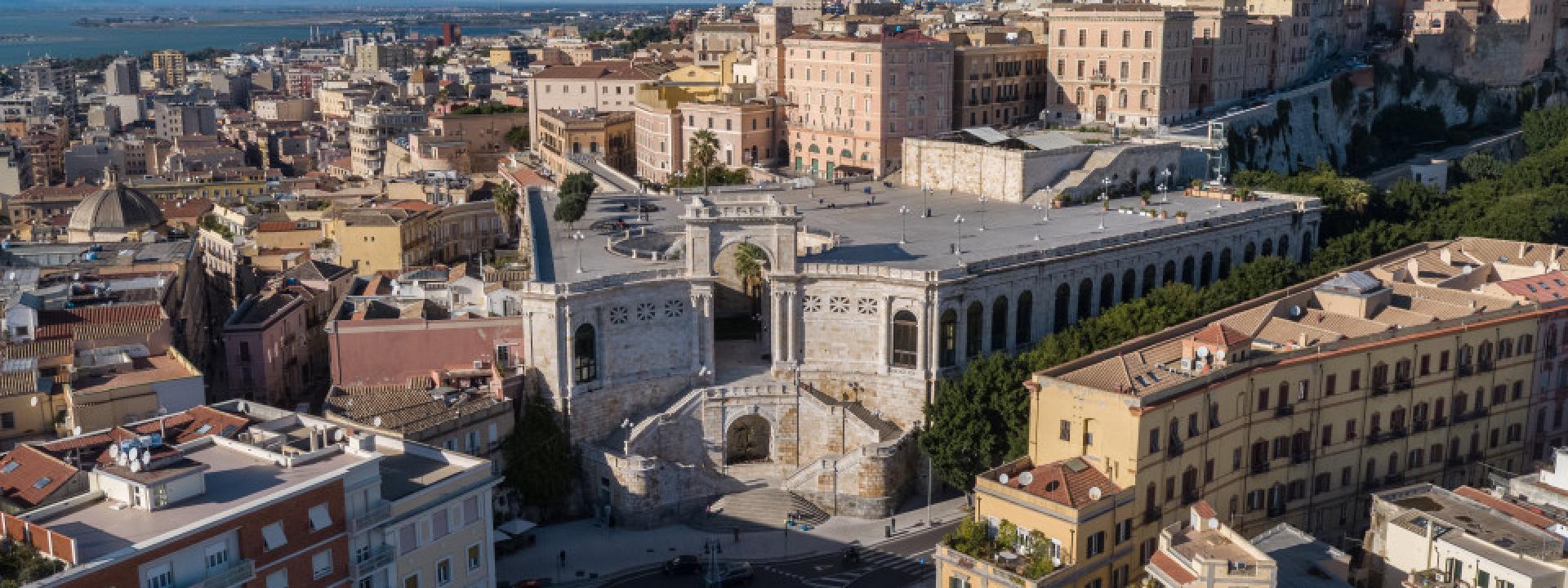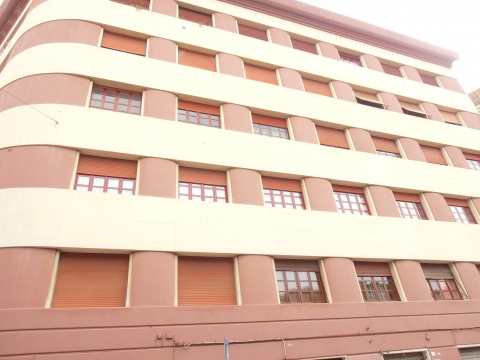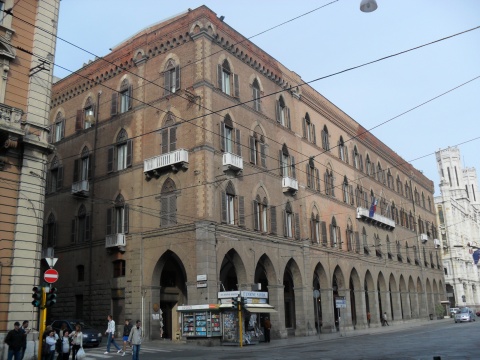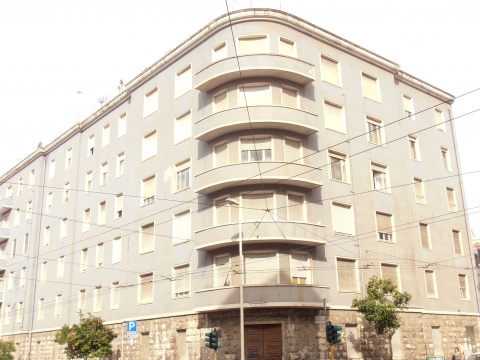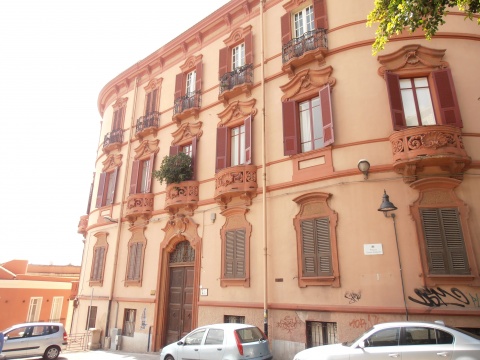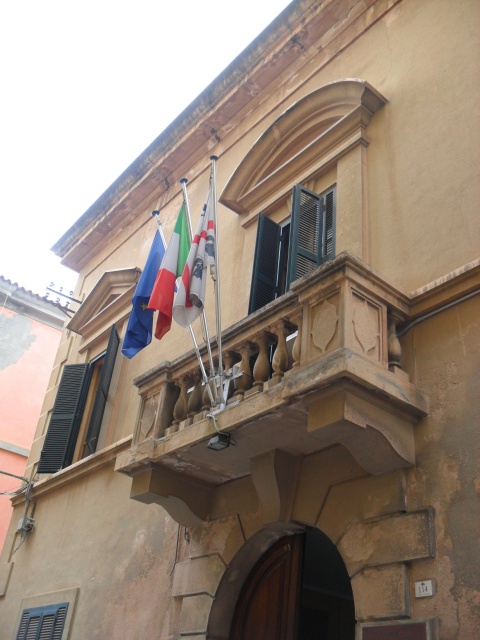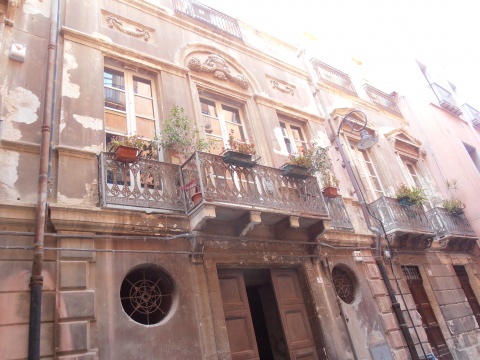Parking - Piazza Donatori di Sangue / Piazzale CIS
Paid parking
Parcheggio auto Piazza Donatori di Sangue - Piazzale CIS
Parcheggio auto Piazza Donatori di Sangue - Piazzale CIS
Piazza Donatori di Sangue - Piazzale CIS
Add new review
Your review will be visible after approval by the editors
To post a review you must be an authenticated user.
Log in with Social Login
